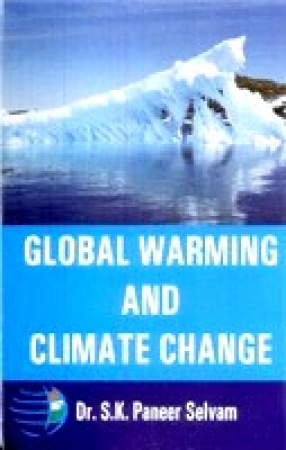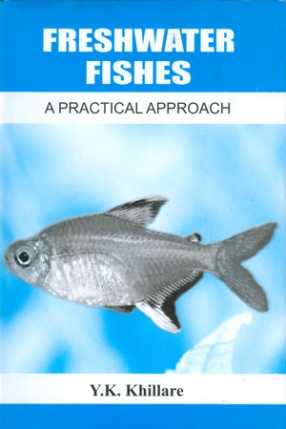Global warming refers to the rising average temperature of Earth’s atmosphere and oceans and its projected continuation. In the last 100 years, Earth’s average surface temperature increased by about 0.8° C 1.4° F) with about two thirds of the increase occurring over just the last three decades. Warming of the climate system is unequivocal, and scientists are more than 90% certain most of it is caused by increasing concentrations of greenhouse gases produced by human activities such as deforestation and burning fossil fuel. These findings are recognized by the national science academics of all the major industrialized countries.
Climate model projections are summarized in the 2007 Fourth Assessment Report (AR4) by the Intergovernmental Panel on Climate Change IPCC. They indicate that during the 21st century the global surface temperature is likely to rise a further 1.1 to 2.9° C 2 to 5.2° F for their lowest emissions scenario and 2.4 to 6.4° C (4.3 to 11.5° F) for their highest. The ranges of these estimates arise from the use of models with differing sensitivity to greenhouse gas concentrations. An increase in global temperature will cause sea levels to rise and will change the amount and pattern of precipitation, and a probable expansion of subtropical deserts. Warming is expected to be strongest in the Arabic and would be associated with continuing retreat of glaciers, permafrost and sea ice. Other likely effects of the warming include more frequent occurrence of extreme weather events including heat waves, droughts and heavy rainfall events, species extinctions due to shifting temperature regimes, and changes in agricultural yields.
Warming and related changes will vary from region to region around the globe, though the nature of these regional changes is uncertain. In a 4° C world, the limits for human adaptation are likely to be exceeded in many parts of the world while the limits for adaptation for natural system would largely be exceeded throughout the world. Hence, the ecosystem services upon which human livelihoods depend would not be preserved.
Proposed responses to global warming include mitigation to reduce emissions, adaptation to the effects of global warming, and geo engineering to remove greenhouse gases from the atmosphere or reflect incoming solar radiation back to space. The primary international effort to prevent dangerous anthropogenic climate change mitigation is coordinated by the 194-nation UNFCCC. The Kyoto Protocol is their only legally binding emissions agreement and only limits emissions through the year 2012. Afghanistan and the USA are the only nations in the UNFCCC that have not rafitied the original protocol and as of October 2011 several others have refused to extend the emissions limits beyond 2012. Nonetheless, in the 2010 Cancun Agreements, member nations agreed that urgent action is needed to limit global warming to no more than 2.0° C 3.6° F above pre-industrial levels. Current scientific evidence however, suggests that 2° C is the “threshold between deangerous and extremely dangerous’ climate change that this much warming is possible during the lifetimes of people living today and that step reductions in global emissions must be made by 2020 in order to have a 2-out of-3 change of avoiding global warming in excess of 2° C.
The book provides a clear and concise account of global warming at a level suitable for the readers.








There are no reviews yet.